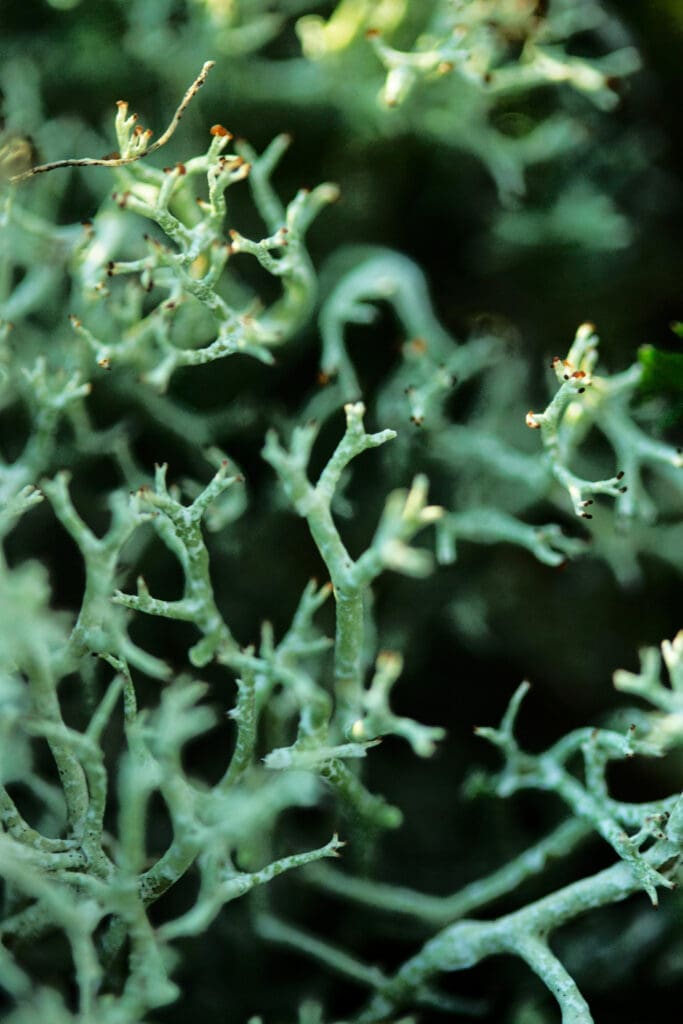
Scrophularia nodosa
Latin name: Scrophularia nodosa
Short name: Scroph-n
Common name: Knotted Figwort | Carpenter’s Square | Pilewort | Heal-All
Primary miasm: Sycotic Secondary miasm(s): Tubercular
Kingdom: Plants
Family: scrophulariaceae
- Symptomatology
- Remedy Information
- Differentiation & Application
Scrophularia nodosa is a perennial herbaceous plant found throughout Europe and parts of North America. It grows in damp woodlands and shady areas. The plant is known for its knotty rhizomes and nodose roots, hence its Latin name. Traditionally associated with scrofulous conditions and glandular swellings, it is used homeopathically for its action on the lymphatic system, glands, and skin, especially in chronic, indolent conditions like tumours, goitres, haemorrhoids, and eczema.
Traditionally used as a topical remedy for ulcers, glandular swellings, and haemorrhoids. It was also a folk remedy for scrofula (tuberculous lymphadenitis) and various skin affections.
Limited classical proving; chiefly based on clinical use and toxicological reports. Later provings by American homeopaths confirmed its glandular and skin affinities.
- Lymphatic system – chronic swollen glands, especially cervical and inguinal
- Skin – eczema, ulcers, tumours, indolent eruptions
- Rectum and anus – haemorrhoids, itching, fissures
- Thyroid and parotid glands – enlargement, nodosity
- Breast and axillae – nodular swellings, cysts, mastitis
- Liver and gallbladder – sluggish function, tenderness
- Venous system – varicosities, congestion
- Lymphatic system – chronic swollen glands, especially cervical and inguinal
- Skin – eczema, ulcers, tumours, indolent eruptions
- Rectum and anus – haemorrhoids, itching, fissures
- Thyroid and parotid glands – enlargement, nodosity
- Breast and axillae – nodular swellings, cysts, mastitis
- Liver and gallbladder – sluggish function, tenderness
- Venous system – varicosities, congestion
- Cold air and dampness
- Suppression of eruptions
- Touch or jar
- Menstruation
- Night, especially early night hours
- Pressure on affected glands
- Baryta carbonica – Glandular enlargement in shy, childish people, but more mental deficiency
- Calcarea carbonica – Glandular swellings with obesity and fearfulness, but less skin ulceration
- Mercurius iodatus – Glands, especially tonsils, with offensive discharge, more acute
- Silicea – Deep, chronic glandular affections with suppuration, but colder and more chilly
- Thuja – Warts, nodular swellings, sycotic miasm, but less skin ulceration and more urinary/genital focus
- Complementary: Silicea, Calc. phos., Sulphur
- Antidotes: Pulsatilla, Camphora
- Follows well: Hepar sulph., Mercurius
- Inimical: Phosphorus (may interfere in deep scrofulous states)
Scrophularia nodosa is a deep-acting remedy for indurated glandular conditions—be they visible, painful, ulcerated, or internal. It suits those who suppress skin eruptions and later suffer from swollen glands, cysts, and tumours. The key theme is obstruction: whether it’s in the lymphatics, skin, rectum, or breasts. The individual tends to be cachectic, low-spirited, cold, and worsened by suppression. It is invaluable in chronic scrofulous conditions, haemorrhoids, breast nodules, and glandular hardening, especially when associated with skin eruptions or offensive discharges.
- Use in scrofulous children with enlarged cervical nodes and eczema
- Effective in indurated breast lumps or mastitis, especially premenstrual
- Indicated in haemorrhoids with burning, itching, and nodosity
- Use for glandular swellings that remain after acute infections
- Useful after suppression of skin eruptions leads to internal pathology
Glands
- Swelling, indurated
- Painful, cervical
- Parotid, enlarged
- Breast nodules
- Inguinal nodes
Skin
- Eczema, oozing
- Ulcers, indolent
- Cracks, fissures
- Suppression, eruption after
Rectum
- Haemorrhoids, burning
- Fissures
- Pain after stool
Extremities
- Inguinal glands enlarged
- Numbness, crawling
- Cold hands and feet
Generalities
- Worse dampness
- Better discharges
- Offensive discharges
- Cachexia
- John Henry Clarke – Dictionary of Practical Materia Medica: Extensive clinical application to glandular affections
- William Boericke – Pocket Manual of Homoeopathic Materia Medica: Keynotes on haemorrhoids, skin, and glands
- T.F. Allen – Encyclopedia of Pure Materia Medica: Fragmented proving data and toxicological background
- C. Hering – Guiding Symptoms: Confirmation of glandular and scrofulous symptoms
- J. Compton Burnett – Tumours of the Breast and Their Treatment: Clinical confirmations in breast nodules
